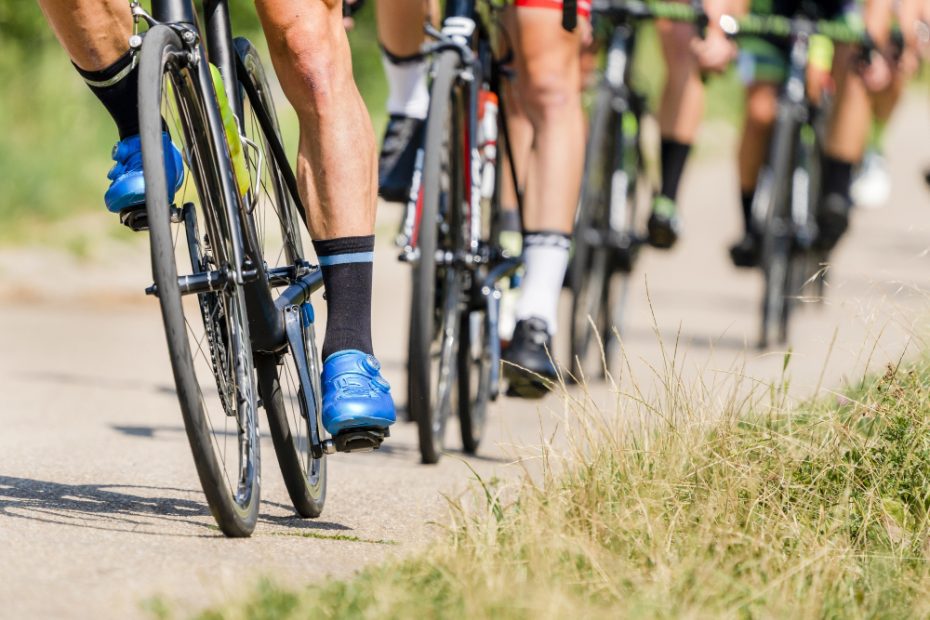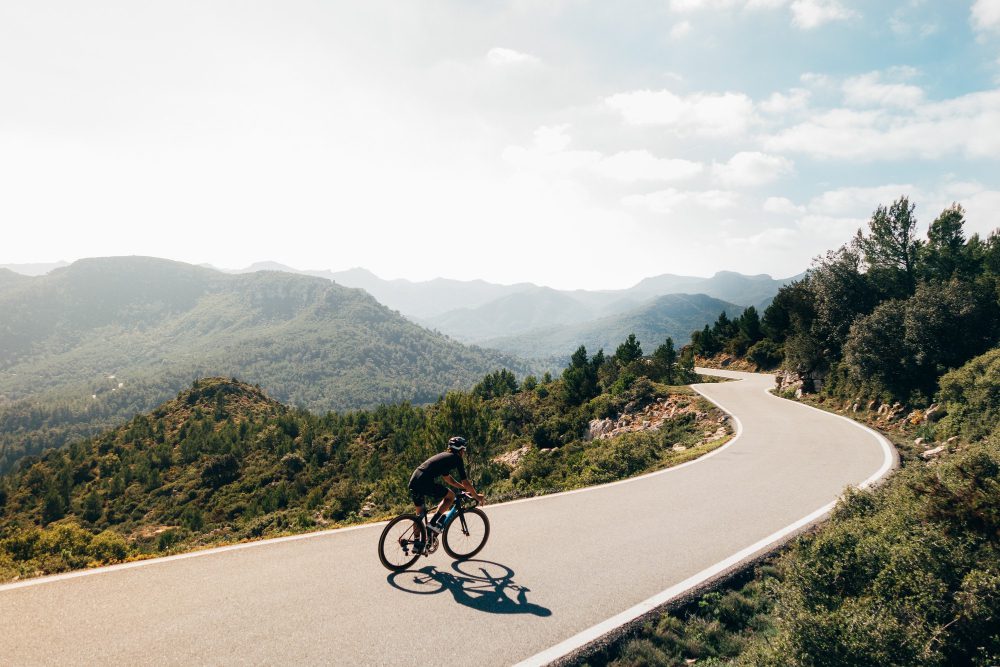What are the 3 main steps of riding a bike?
Riding a bike is an enjoyable and practical skill that many people learn during their childhood. However, for those who are new to cycling or want to refresh their memory, it is essential to understand the three main steps involved in riding a bike. These steps include balancing, pedaling, and steering. By mastering these fundamental skills, you can confidently ride a bike while ensuring your safety and enjoyment.
The first step: Balancing
Balancing is the foundation of riding a bike. It involves maintaining an upright position and staying centered on the bicycle without falling over. This step may seem challenging at first, especially for beginners, but with practice and patience, it can be mastered. Balancing requires coordination and proper body positioning.
To balance on a bike, start by straddling the bicycle with your feet flat on the ground. Hold onto the handlebars and ensure that the seat height is adjusted correctly to allow comfortable leg extension when pedaling. Once you are ready, push off the ground with one foot and gradually lift the other foot onto the pedal. As you gain momentum, focus on keeping your body weight centered and your eyes looking forward.
“Balancing is the key to riding a bike. It may take some time to get used to, but once you find your center of gravity, everything else falls into place.”
The second step: Pedaling
Once you have achieved a balanced position on the bike, the next step is pedaling. Pedaling provides the forward motion necessary to propel the bicycle. Start by placing your feet firmly on the pedals, with the balls of your feet positioned over the axle. Push down with one foot while simultaneously lifting the opposite foot upwards. Alternate this motion to create a continuous rotation of the pedals.
It is important to maintain a smooth and consistent pedaling rhythm. Initially, you may need to apply more force to get started, but as you gain momentum, it becomes easier to maintain a steady cadence. Remember to shift gears as needed to match the terrain and your desired level of effort.
The third step: Steering
Steering is the final step in riding a bike and involves controlling the direction of the bicycle. Steering is achieved by turning the handlebars to the left or right. To steer effectively, you should use a combination of upper body movements and weight shifting.
When turning, lean your body slightly in the direction of the turn while keeping your eyes focused on where you want to go. Avoid making sudden or jerky movements, as this can disrupt your balance and control. Practice steering in open spaces initially, where you have enough room to maneuver comfortably, and gradually progress to more challenging environments such as crowded streets or trails.
“Steering is all about maintaining control and smoothly navigating your bike. By practicing different turning techniques, you’ll become more confident and adept at handling various riding situations.”
In conclusion, riding a bike involves three main steps: balancing, pedaling, and steering. These fundamental skills are essential for both beginners and experienced cyclists. By mastering these steps and gaining confidence, you can enjoy the freedom and benefits of cycling while exploring the world on two wheels.
- Balancing: Maintain an upright position and center your body weight.
- Pedaling: Create forward motion by alternating foot pressure on the pedals.
- Steering: Control the direction of the bike by turning the handlebars and shifting your weight.
Why do I struggle to ride a bike?
Balance and Coordination
One of the main reasons why some people struggle to ride a bike is due to a lack of balance and coordination skills. Riding a bike requires a combination of fine motor skills, such as coordinating hands and feet, and gross motor skills, such as maintaining balance. Individuals who haven’t developed these skills may find it difficult to stay upright on a bike.
Fear of Falling
Fear of falling can be a significant obstacle for those learning to ride a bike. The fear of getting hurt or injuring oneself can hinder a person’s ability to fully commit to riding. Overcoming this fear often requires patience, practice, and gradual exposure to riding in a controlled environment.
Lack of Confidence
Another common reason for struggling to ride a bike is a lack of confidence. Confidence plays a crucial role in successfully mastering any skill, including bike riding. Individuals who lack confidence may doubt their own abilities and hesitate to take risks, which can impede their progress.
Inadequate Bike Fit
The proper fit of a bike can significantly impact a person’s ability to ride comfortably and confidently. If a bike is not the right size or adjusted correctly, it can create discomfort and difficulty in controlling the bike. It’s essential to ensure that the bike is properly fitted to the rider’s height, reach, and leg length.
Insufficient Practice
Practice makes perfect, and learning to ride a bike is no exception. Lack of consistent practice can lead to struggles. Regular practice sessions, gradually increasing in duration and difficulty, can help develop the necessary skills and build confidence over time.
Physical Limitations or Disabilities
Physical limitations or disabilities can also contribute to difficulties in riding a bike. Certain conditions may affect balance, coordination, or strength, making it more challenging to ride a bike. However, adaptive equipment and specialized techniques are available to accommodate various needs and allow individuals with disabilities to enjoy bike riding.
“Success is not final, failure is not fatal: It is the courage to continue that counts.” – Winston Churchill
Overall, struggling to ride a bike can have various reasons, such as a lack of balance and coordination skills, fear of falling, lack of confidence, inadequate bike fit, insufficient practice, or physical limitations. It’s important to remember that everyone learns at their own pace and with patience and perseverance, riding a bike can become an enjoyable and rewarding experience.



